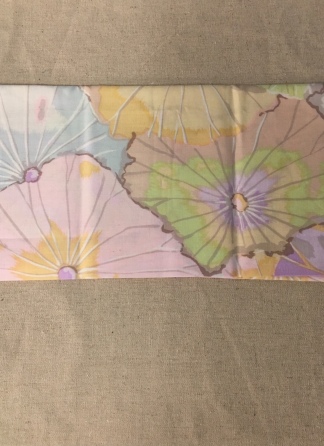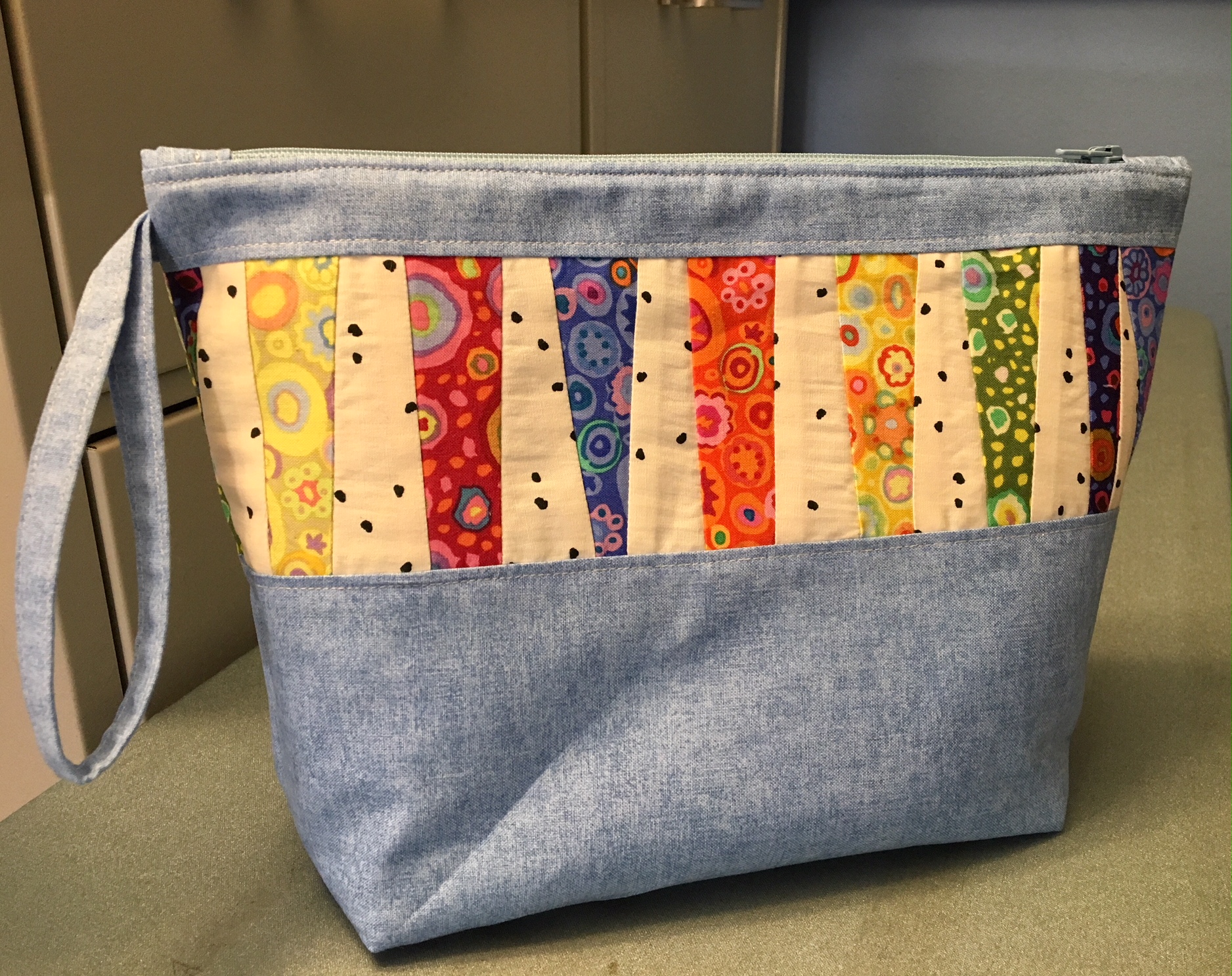It was a really wet and rainy weekend in Portland, so I got a lot of sewing done. . . continuing my obsession with pouches in general, and lotus leaf pouches in specific.
I cranked out five pouches on Saturday and Sunday, even after watching a couple of movies, taking Rico to his sheep herding lesson, and our weekly post herding field romp with Rico and Bender, making a big batch of beef stew, going shopping for some fabric (because I just don’t have enough!) and doing some research on the local initiatives so I can fill out my ballot this week.

So, yeah, I got a lot done, and still had time to relax.
So, here are my weekend pouches, all made with the Kaffe Lotus Leaf in various color ways.
(Find the tutorial for my pouches here. And find a blog post about how these Lotus Leaf pouches are different from the tutorial here.)
These two might be my favorite. There’s just something about the subtlety of the lighter prints and the neutral background fabric. I just love these!
I love these bright ones too. The one on the left is better in person. There is blue in the lotus leaf that just pops with the chambray! The body fabric on the purple one is like a shot cotton, but heavier. It’s almost iridescent.
Front and back views of this next one because the lotus leaf fabric is so different on each side.
And now some close ups of the quilting.
I still have several color ways of the lotus leaf that I haven’t used yet. Gotta decide what I’m gonna work on next!















 I sat down the other night to make some paper pieced pennant blocks for a pouch, and ran into troubles right away. I was tired, so figured I wasn’t in the right condition to keep trying to figure it out.
I sat down the other night to make some paper pieced pennant blocks for a pouch, and ran into troubles right away. I was tired, so figured I wasn’t in the right condition to keep trying to figure it out.























 Left to right: handle, top strip, zipper tabs
Left to right: handle, top strip, zipper tabs









































